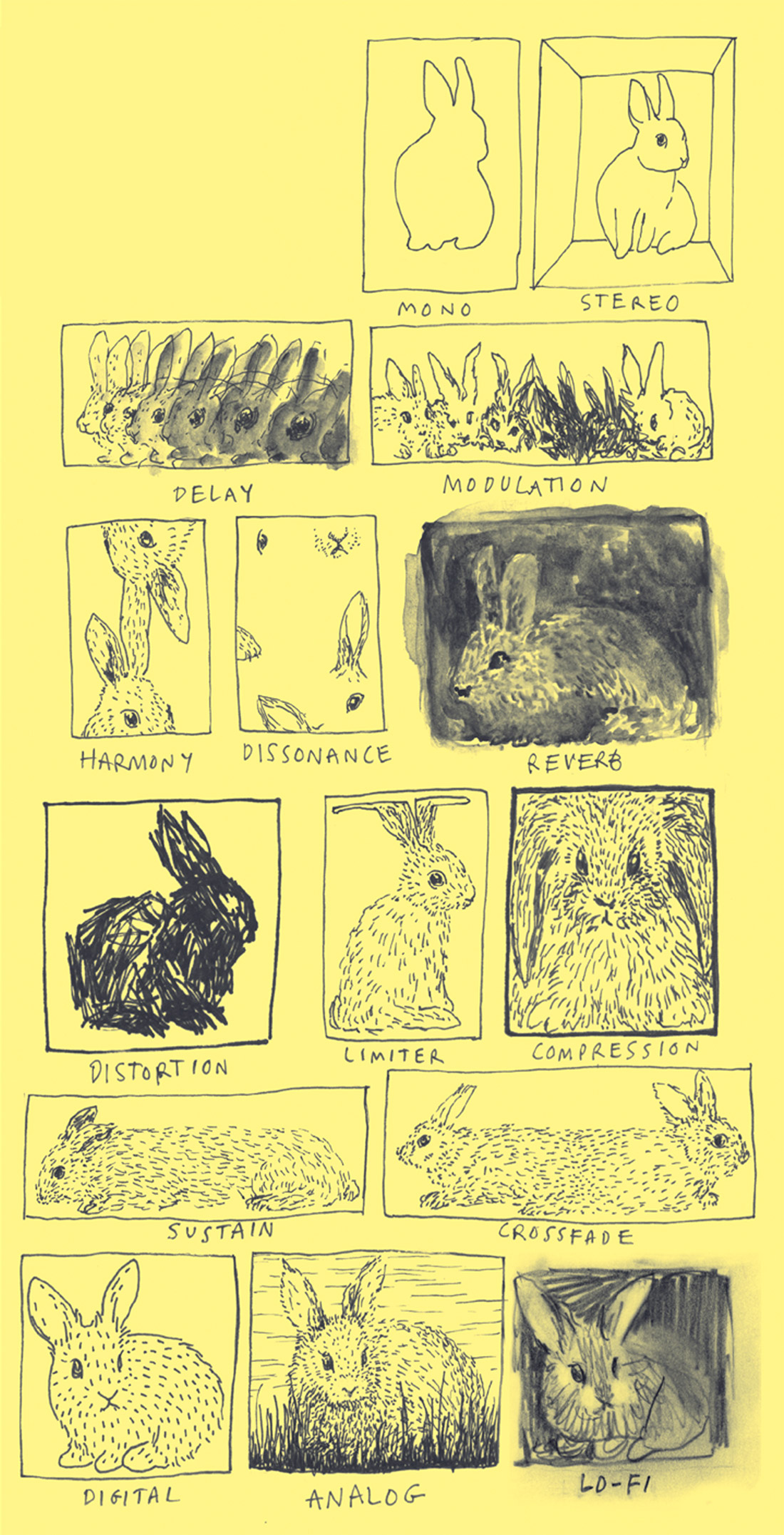Acoustic Geometry is a new line of professional sound products from Acoustical Surfaces, Inc. (www.acousticalsurfaces.com). Their debut product group, called the Curve System, is a family of diffusors, absorbers, and corner traps. As the name implies, the units are rounded, with a constant-radius cylindrical design. They look like sections of giant pipe cut lengthwise, but better sounding and much more attractive. In person, they are reminiscent of the half-column treatments seen in classic recording, broadcast, and film studios since the 1930s.
We auditioned the Curve Diffusors. Each Curve Diffusor controls sound in three ways. First, the rounded shell minimizes flat-surface reflections by scattering sound evenly throughout the listening environment. Second, the unit acts as a diaphragmatic absorber. Finally, the rear of the unit utilizes mass-loaded vinyl that serves as a low-bass trap.
For the majority of tests, we used our new mix room at Treelady. A cloud and rear-wall quadratic diffusor were already in place, but the space was still too reflective. Acoustic Geometry’s John Calder worked with us to determine the size and number of diffusors we needed. The units come in different heights and widths, which improves their effectiveness when used as a group. The Acoustic Geometry website has a number of tools to help determine a configuration strategy, including preconfigured suggestions for typical rooms as well as 3D models for Google SketchUp that you can use to create a 3D rendering of your room with your choice of Curve System components placed in it.
The units arrived via freight, as the large sizes make this method cheaper and safer than parcel delivery. The standard height for a Curve Diffusor is 42’’ tall, but they’re light enough that one adult can readily move one. Their construction is sturdy, and they could withstand a client bumping into it. I mention this after witnessing a client trip on a cable and demolish a different brand of acoustic wall treatment. A black metal grill protects the end caps. Using a flashlight, we were able to peer in at the absorbent filling; otherwise, you can’t see inside the units. On the back, mounting cleats allow horizontal or vertical installation. Guilford FR701, Anchorage, or SoundSuede acoustical fabrics are standard. Other finishes, including veneers, are optional, as are custom sizes. For example, 12 ft tall Curves are installed in Gotham Hall in New York City.
Now, I’m not a dedicated acoustician by trade, but I do have opinions about a good sounding room. While some people do quality work in dead rooms, I favor a more balanced space. Consequently, if you treat your entire room in absorbing materials (e.g., mineral wool, rigid fiberglass board, etc.), you can end up with a semi-anechoic environment. Too much absorption, in my mind, makes the room worse sounding. I favor a blend of materials with more diffusion. The problem with a numbers-focused world is how do we measure the effectiveness of diffusors? Unfortunately, the industry does not yet have any meaningful measurement of “good” diffusion. For that, we have to rely on our experiences, intuition, and how well our music translates from one environment to another.
In use, I found that properly placed Curves provide a very natural sound. The room feels tight without approaching that spaceship airlock vacuum thing. Before the Curves were installed, we had some flutter and slap-back problems, but those are gone. The room still has a live feel, but my brain can now distinguish between direct speaker playback and diffused reflection. The Curves integrate well with our absorbing cloud and the back wall’s slot diffusor. Again, I keep coming back to natural, smooth, and balanced as adjectives to describe their effectiveness. Perhaps my favorite consequence is that we can keep the hardwood floor exposed. We spent a lot of time sourcing sustainably-grown bamboo, and the last thing I wanted to do was cover it with carpeting.
We also auditioned the Curve Diffusors in our live room while recording drums. As we found in the mixing suite, they provide a blend of the absorption you would get from Owens Corning 703–based baffles and diffusion from dedicated hard-surfaced diffusors. Studios with a large tracking room that need to segregate musicians or divide the space into a more intimate environment will want to consider a half dozen or more Curve Diffusors to set up like gobos. However, if you intend on using them in this manner, let me suggest mounting them to the optional floor stands available from Acoustic Geometry (CRVSTAND2041, $174.95). If the diffusors are propped up on their own, they can easily fall back if someone brushes against them.
Everyone at Treelady is pleased with the Curve Diffusors. Clients are impressed by the appearance, and visiting engineers remark on their effectiveness across a wide spectrum (200 Hz to 20 kHz). Rae DiLeo (Filter, Henry Rollins, Army of Anyone) did several mix sessions in the room and gave the Curves two thumbs up. They are a great alternative to the insulation board treatments found in many studios. I’m also delighted that Acoustic Geometry used recycled materials for the internal components. Our new studio was built using renewable, repurposed, and recycled resources. It’s great to find a professional acoustics company that is taking a lead in this area. Check out the Acoustic Geometry blog for photos of the review units in our room. (42’’ x 14’’ small Curve $274.95 direct, 21’’ medium Curve $349.95, 31’’ large Curve $399.95; www.acousticgeometry.com)
–Garrett Haines, www.treelady.com
Acoustics | No. 94
ELiTE ProPanels absorptive panels
by Brandon Miller
If you're in the market for sound treatment, then you've certainly come across the Auralex name. They've been a staple in the industry for ages, and their product range is vast. Their ELiTE line is...




_disp_horizontal_bw.jpg)